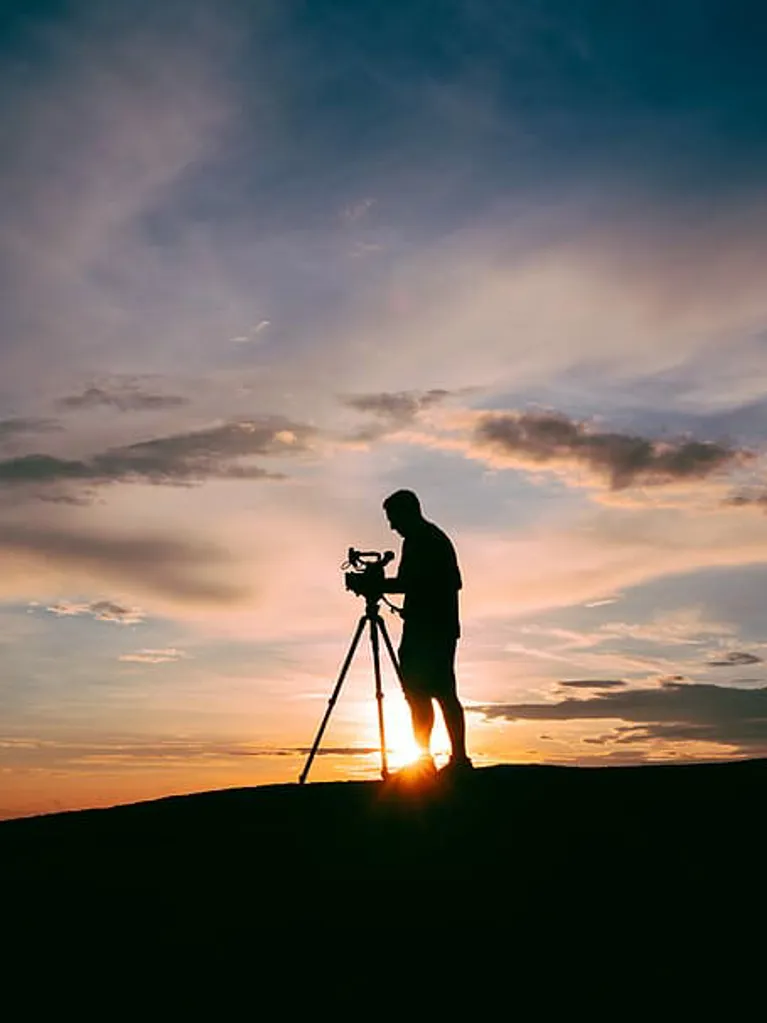Realistically, you can’t expect to leave any film school and go straight into a job on a multi-million, blockbuster film.
As much as we wish this was true, it’s not. So instead, we’ve put together 7 tips to help you produce a great feature on a small budget.
Make the script fit your budget
Be ambitious, be daring but be realistic.
It is all well and good wanting to make a film crammed with car chases and special effects, but if you can’t afford it, it’s probably not going to happen. A great script is a great start for a great film but keep in mind that your film will be competing with Hollywood Blockbusters. Think about where your film fits within other movies out there.
Make something that you can finish and be proud of. Use budget limitations to creatively inspire you and keep in mind that you are fundamentally a Story Teller - don't lose sight of the story.
Plan!
As with any big project, careful planning is vital. You not only need to plan timing and shooting, but planning spending is, on a micro-budget, the most important thing to consider. You should make sure that every dollar ends up on screen. Spend some time making note of EVERYTHING you will need including post-production, marketing, festival entry costs, Facebook adverts, and a publicist. Also make sure that you don’t forget the smaller things; transporting crew and equipment, catering, makeup etc.
Have a primary location during production
It can really cut into your filming time when you have to spend time bumping in and out and lugging equipment from place to place. Find one setup that is the primary location of your shoot to ease the constraints on not only your time but your spending. Look for a primary space that can cover a number of script locations. Don’t get the wrong idea, we are not saying ONLY shoot in one place, but containing your locations will save you time and money. And also when you can...
Find free locations
Location fees can quickly chew through your budget. There are tons of free locations out there – you just have to work around the constraints. Shoot out in public, walking along the sidewalk, in old garages or warehouses. Shoot in businesses while they are open rather than having to pay them to close their business for the morning, BUT make sure you get permission from every location you shoot at. There are of ways to get great locations on a minimal budget.
Sound – it’s half the movie
You can have the most beautifully shot film in history, but if you have bad sound it will seriously compromise your work. Spend time and money making sure you get great location sound. You can’t fix everything in post. Great post sound design and production will bring the audience into the world of your film. Bad sound just makes it harder for them to engage with the character and plot. Make it sound as good as it looks.
Be a problem solver
At the most basic level Producing is problem-solving.
On a micro-budget shoot, you have to think outside of the box. There are so many inventive ways to solve production problems that don’t involve throwing money at them. This is also true for the members of your crew. Your crew will all have different skills and experience; make the most of their input. Be open. Consider all options. You want to assemble a team who are capable of working on small budgets and understand and embrace working with limitations.
You might not always be able to do it solo
Along with your crew, you’ll be able to figure out and perform most functions of filmmaking. Sometimes though, you’ll need to accept that you need an expert. Whether that’s an armorer, stunt performer, accountant, or lawyer there are some parts of the process that you have to make sure are done properly to ensure a smooth ride for everyone involved. A meeting with a lawyer may well be a cheaper option than having to recut or reshoot part of the project or even abandon it due to a legal issue.

